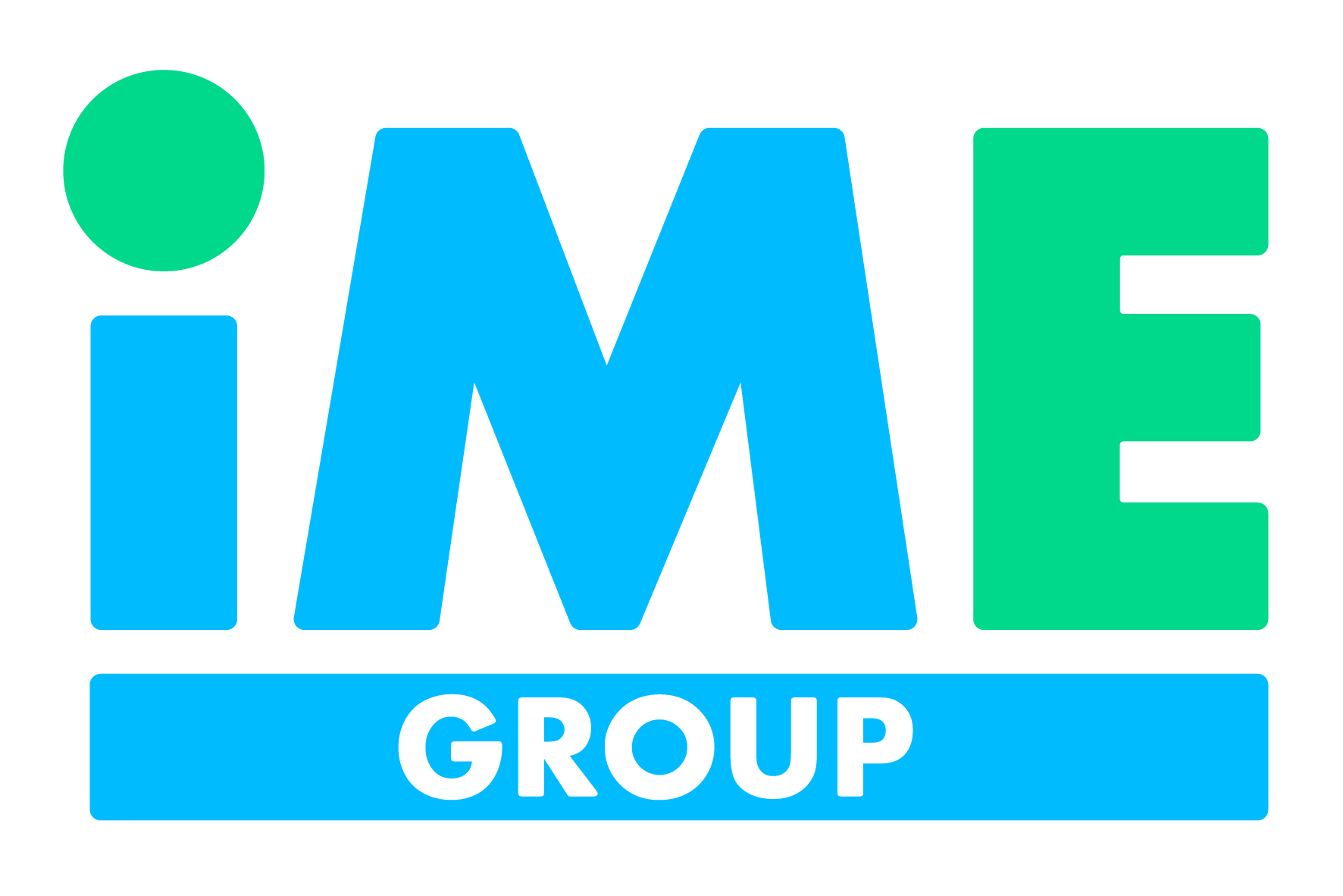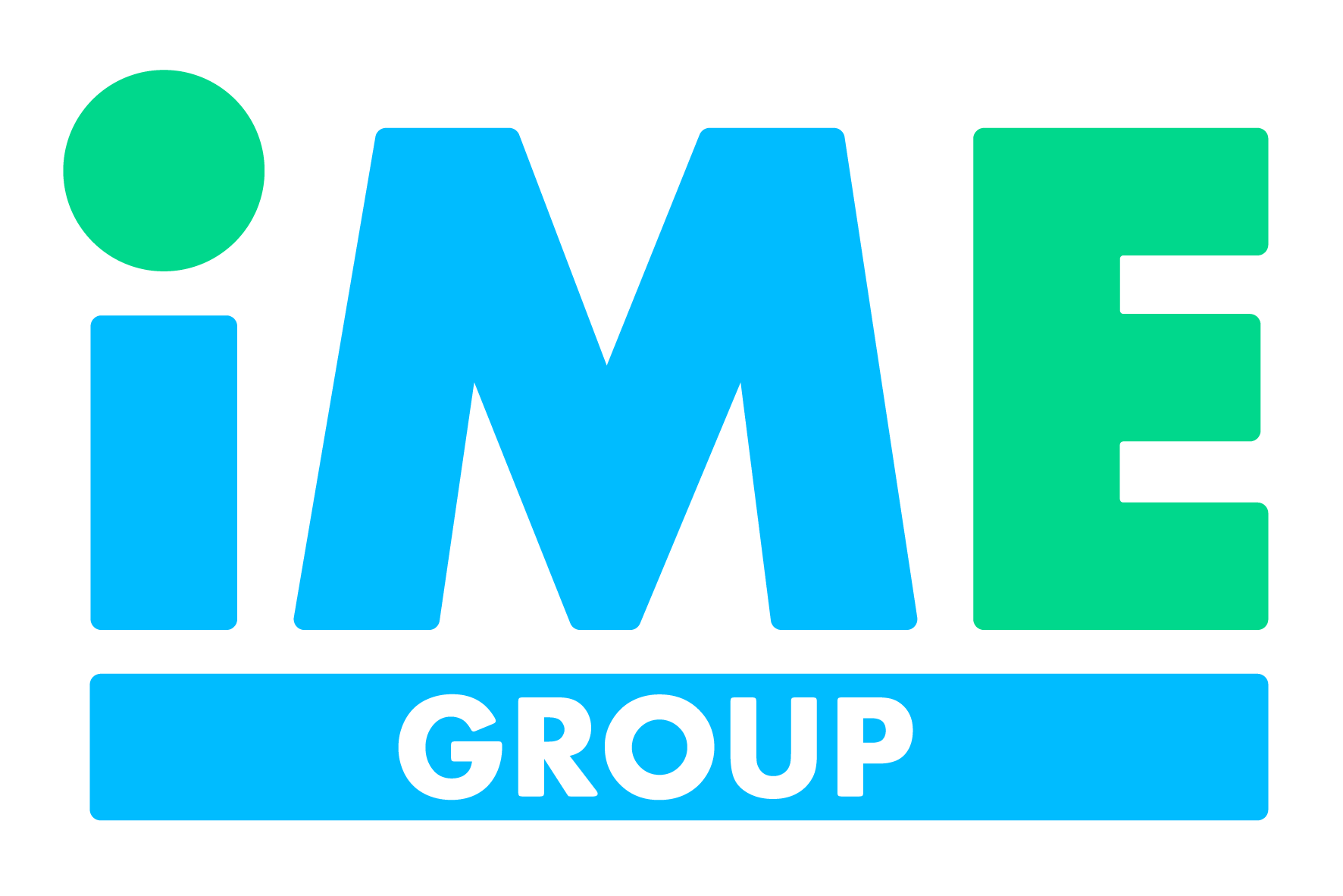Hardfacing Wire in the Power Generation Industry: A Durable Solution for Wear and Corrosion
Hardfacing Wire in the Power Generation Industry: A Durable Solution for Wear and Corrosion
The power generation industry is a cornerstone of modern infrastructure, providing the electricity that powers our homes, businesses, and critical systems. However, this industry faces significant challenges in maintaining equipment and ensuring uninterrupted service. One of the most persistent issues is wear and corrosion of components, which can lead to inefficiencies, breakdowns, and costly repairs. This is where hardfacing wire comes into play as a vital solution.
Understanding Hardfacing Wire
Hardfacing is a welding process used to apply wear-resistant material to the surface of a metal component. The primary objective is to extend the life of the equipment by providing a protective layer that can withstand harsh conditions. Hardfacing wire, specifically, is a type of filler material used in this process. It is selected based on the properties needed to combat specific types of wear, such as abrasion, impact, heat, or corrosion.
Types of Hardfacing Wire
- Cobalt-Based Wires: Known for their excellent heat resistance, these are ideal for high-temperature applications.
- Iron-Based Wires: Commonly used for general-purpose hardfacing, they offer good wear resistance and toughness.
- Nickel-Based Wires: Excellent for corrosion resistance, making them suitable for environments with chemical exposure.
Application in Power Generation
In the power generation industry, components like turbine blades, boiler tubes, and conveyor belts are subject to extreme conditions. Hardfacing wire is used to protect these parts. For instance:
- Turbine Blades: These can be coated with cobalt-based hardfacing wire to withstand high temperatures and prevent blade erosion.
- Boiler Tubes: Iron-based wires can be used to protect against the abrasive wear caused by coal particles.
- Conveyor Belts: Nickel-based wires can provide corrosion resistance in parts exposed to corrosive substances.
Benefits of Hardfacing in Power Generation
- Extended Equipment Life: Hardfacing significantly increases the lifespan of components, reducing the need for frequent replacements.
- Cost-Effectiveness: Although it requires an initial investment, the long-term savings in maintenance and replacement costs are substantial.
- Improved Efficiency: Well-maintained components ensure optimal operation, which is crucial for energy production efficiency.
- Customisation: The variety of hardfacing wires allows for tailored solutions based on specific needs of the equipment.
Challenges and Considerations
While hardfacing offers numerous benefits, there are challenges to consider:
- Skill Requirement: The hardfacing process requires skilled technicians and precise application.
- Material Selection: Choosing the wrong type of wire can lead to inadequate protection or even damage to the component.
- Cost of Equipment: The initial setup for hardfacing can be costly, though it pays off in the long run.
Conclusion
The use of hardfacing wire in the power generation industry is an effective strategy to combat wear and corrosion, ensuring the longevity and efficiency of critical components. By understanding the different types of wires and their applications, the industry can continue to evolve and maintain the high standards required for uninterrupted power generation. As technology advances, so too will the solutions for protecting our vital energy infrastructure. For specialist advice and a no-obligation quotation, call IME on 02085996570 or email sales@imegroup.co.uk.

